Great Images in 1-Bit Color: Mona Lisa
September 2nd, 2010 by Benj Edwards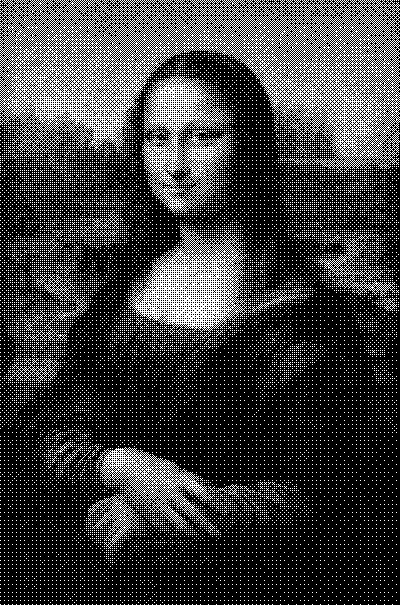
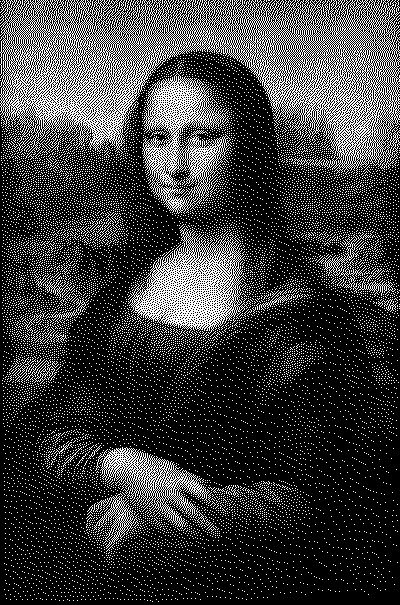
An image like this should be familiar to early Macintosh users, since the first Macs only supported 1-bit color. That is, two colors total: each pixel could be black or white — on or off — and nothing in between. The image above uses only black and white and a dithering effect to trick your brain into perceiving shades of grey. Somehow, it makes me feel warm and fuzzy inside.
Update: Hover over the image to see 1-bit Mona Lisa rendered with Floyd-Steinberg error diffusion, which is another algorithm for converting color images to black and white.


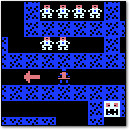

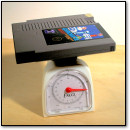
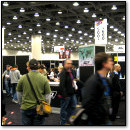
September 2nd, 2010 at 10:27 pm
Hey, I have one of those mac’s right next to me 😛
While very poor image quality by today’s standards, it does go to show how much you can do with a very limited resources. Those early macs had exactly 1 bit of video memory per pixel to display, so you didn’t play with the resolution, or the colors. Whatever was in the video memory in that bit was what was on the screen. 4 color gray scale would have required twice as much memory for video.
September 2nd, 2010 at 11:20 pm
Generally speaking, error diffusion produced better-looking results than the ordered diffusion pattern you demonstrate above. See http://en.wikipedia.org/wiki/Dither. Some graphics programs offered a choice of algorithms for dithering color or grayscale images to 1-bit.
September 3rd, 2010 at 2:17 am
Try to grab an old copy of Paint Shop Pro 4.12.
I think this offers several dithering options for 1-bit images.
http://www.oldapps.com/Paint_Shop_Pro.php?old_paint_shop_pro=5
September 3rd, 2010 at 5:23 am
I agree that error diffusion produces better results, Chris. But for some reason dithering reminds me more of the old days. Ordered dithering may have been less computationally expensive to perform on the fly when Macs and PCs needed to halftone color images for view on a display with fewer colors, so that may be why I saw it more often (but I’m completely speculating on that point).
Modern Paint Shop Pro supports that too, Unicorn. How do you think I made this image? 🙂
September 3rd, 2010 at 10:46 am
According the the Wikipedia article on ordered dithering, it is much faster than error diffusion methods, making it better for realtime transformations. So Benj is most likely correct as to the reason for seeing it more often.
September 3rd, 2010 at 11:41 am
I am reminded of the first time I saw VGA graphics. I had been using an Atari 800, and I went with my dad to a computer shop, where he was looking at an IBM AT clone. (aka 286) I saw the portrait of a woman on a screen, rendered in 256 colors. Terrible by today’s standards, but back then, compared to what I was used to seeing on a computer screen, it was photo realistic! I couldn’t believe that a computer could do that…
Must have been 1987.
September 7th, 2010 at 9:39 am
The dithering somehow reminds me of Windows 3 days.
September 12th, 2010 at 9:08 pm
Makes me feel somewhat warm, but *very* fuzzy inside.